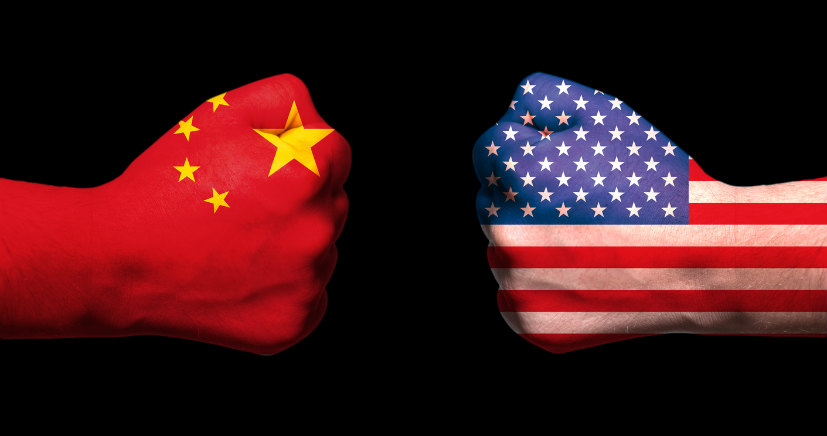Chinese models will be more expensive
- It looks like Huawei will produce 2 versions of its data centre chip this year, but this sudden acceleration of product cadence will not fix the big problem that Chinese chips have with economics.
- The latest version of Huawei’s chip (Ascend 910C) is set to hit general availability in China in May 2025, but already there are rumours of the Ascend 910D are doing the rounds.
- The first version came out in 2019 and was made on TSMC’s 7nm process, with the 910B coming out in 2023 on SMIC 7nm n+1.
- However, it looks like 2025 is going to see two versions (910C and 910D), both being made on SMIC 7nm (n+2).
- I think that this sudden acceleration of product cadence is driven by the deepening rift between the West and China and China’s need to get rid of its dependence on Western technology (such as AI chips).
- The arrival of DeepSeek has shattered the illusion that China is far behind in AI and triggered an arms race to see who can build the most capable model.
- This presumably would then confer some advantage to one side which could then be used to gain an advantage in the ideological struggle that is currently being fought.
- The first problem with this idea is that improvements in large language models (LLMs) are getting smaller with every generation which is why performance from all of the leading models is now pretty much the same.
- This has also made it much easier for China to produce models that perform really well which came as no great surprise to me.
- What did surprise me was the efficiency claims made by DeepSeek which RFM Research and Alavan Independent examined in detail in their latest research (see here).
- However, these efficiencies appear to have very low or no barriers as they are spreading like wildfire across China and Llama 4 from Meta makes use of the two techniques that I have concluded most of the benefit to DeepSeek.
- The net result is that the playing field is levelling very quickly which means that while limiting China’s access to silicon is not going to prevent it from developing leading-edge models, it will damage its ability to do so economically.
- Nvidia’s latest Blackwell chips have been designed with trillion-parameter models in mind, but crucially, not having Blackwell does not mean that a developer is prevented from training a very large model.
- It does mean that it will take the developer far longer to train the model and that it will cost much more both to train and to run inference.
- When developing models for government and military purposes, cost is not a major consideration, but when it comes to the civilian market (which will determine global dominance in AI), cost is everything.
- Huawei is likely to remain stuck at 7nm with SMIC, as it is already at the very limits of what multi-patterning can produce as evidenced by TSMC’s and Intel’s failure to progress beyond it.
- This means that countries outside of China, when making a choice over which standard to adopt, will choose between a Western variant or a Chinese version that is more expensive to train and run.
- While this is not going to hurt the prospects for Chinese AI in China, it is the rest of the world that will determine whether US attempts to isolate China are successful.
- Here, I see a substantial disadvantage for Chinese AI when trying to win hearts and minds outside of China, as it will be both more expensive and come with the usual strings attached.
- In the meantime, the market is going to tie itself in knots over specifications like TOPS, memory bandwidth and optical transport and switching, but in the long term, I don’t think that these are going to matter very much.
- The only real threat that I see to Nvidia here is in China where the state’s control over the private sector may ensure a switch away from Nvidia’s CUDA with developers learning how to use Huawei’s development platforms instead.
- This will be taken badly by the market as China does make up a significant percentage of revenues, but if China is not going to be competitive overseas, then what Nvidia loses from one hand it may gain with the other.
- The net result is that I don’t think that Huawei is going to be competing directly with Nvidia, and so concerns over substantial market share loss are overblown in my opinion.
- Nvidia’s success in making money from the AI boom now means that its valuation remains unchallenging (in AI terms), meaning that if I had to have a direct investment in AI, this would be it.
- However, the adjacencies of inference at the edge and nuclear power remain my favourite ways to play this trend.










Blog Comments
TLT
April 28, 2025 at 8:31 am
It seems that you have gradually awakened from the widely held belief in the West a few years ago that Huawei would collapse in just a few years. In the coming years, you will see more news about Huawei.